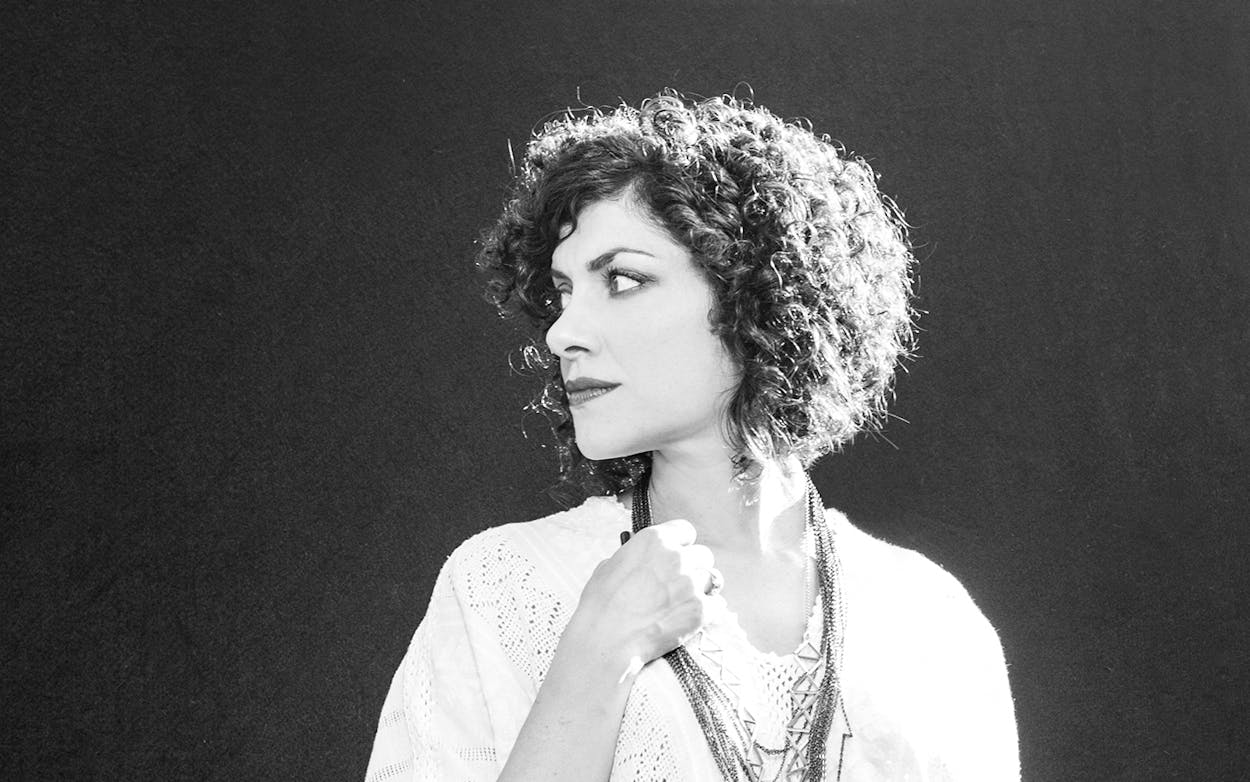I never planned on being a fiddler. And certainly not a bandleader, composer, vocalist, and singer-songwriter. My goal was to get into the string section of a symphony orchestra and to teach violin lessons on the side if I was lucky.
I had the privilege of studying classical violin with a wonderful teacher in Austin, Bill Dick, who started a brief pilot program teaching Suzuki violin lessons to kindergarteners the same year I went into kindergarten. When I heard those squawking violins down the hall at Casis Elementary School, I knew I had to join them. I begged my mother to get me a violin. Twelve years of violin lessons and many sore fingers later, I was accepted to the Oberlin Conservatory of Music, in Ohio, on a full ride scholarship in 1996.
All of this seemed to be pointing me toward a career in classical music. But instead of heading to the Oberlin practice rooms that first semester to work on études, scales, and concertos, I found myself sitting in my musty dorm room, listening to Texas country icons for hours on the stereo’s CD player: Willie Nelson, Townes Van Zandt, Lucinda Williams, Robert Earl Keen, and Lyle Lovett. All I wanted to do was fiddle along with those great albums. Growing up with a father who was a Texas singer-songwriter [David Rodriguez], I often took this music for granted. But ultimately it took a big move across the country for me to realize how lucky I was to have grown up in a music town like Austin—and to realize just how much Texas music meant to me and how remarkable it was.
Around that time, Lyle Lovett, a family friend, got in touch and asked me to come to a show he was playing nearby in Cleveland—and to bring my violin to his sound check that afternoon! He’d never heard me play, but I think he was genuinely curious about it. I showed up, palms sweating, and his Large Band asked me to sit in on the fastest, swinging-est, hardest-to-just-wing-it song in their repertoire, “That’s Right (You’re Not From Texas).” Then came time for my solo, and . . . I was terrible. I had zero groove, and I was probably playing in the wrong key. I had no idea how to improvise over a swing tune, and I was mortified. Lyle and the band were extremely gracious about it, but they sure didn’t invite me to sit in at the actual gig.
Later that night I watched in awe as Lyle’s fiddler at the time, Andrea Zonn, and the rest of the band accompanied his masterful songs. At that moment, I knew that I wanted to be up there doing what they were doing. I wanted to learn how to accompany and elevate a song and to play music written in my own era. I wanted to play Texas music. I had no idea that would lead me to where I am now, but I’m grateful for every twist and turn. Even the sound checks that embarrassed the hell out of me.
This article originally appeared in the April 2020 issue of Texas Monthly. Subscribe today.
The Stories Behind the Music
Texas musical luminaries reveal the family histories, powerful influences, and big breaks that made them the artists they are today. Read more.
- More About:
- Music
- Lyle Lovett








